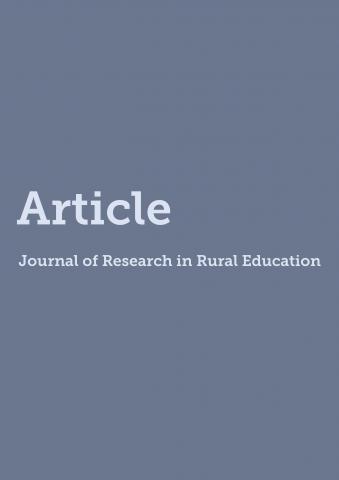Search Articles

book

book

book

book
This study examined whether recent disruptive events would increase the likelihood of high school dropout among both rural and urban youths, and whether the types of disruptive events preceding dropout would be different in rural vs. urban environments. Based on interviews conducted with early school leavers and matched at-risk schoolmates (N = 366) in 12 disadvantaged Canadian high schools, recent disruptive events appeared to generally trigger dropout. However, the prevalence of some types of events associated with dropout varies according to the environment. In agreement with social disorganization and formal/informal social control models, crises involving child welfare services or the juvenile justice system (e.g., an arrest after a fight) represented a lower share of triggering events among rural than urban leavers (8% vs. 26%, respectively), whereas those involving peer conflicts and rejection (e.g., exclusion from one’s peer group) were over represented among rural compared to urban leavers (26% vs. 10%, respectively). These differences are thought to represent upsides and downsides associated with the relative density, stability, and overlapping nature of rural adolescents’ social networks. Practical implications are discussed, notably regarding the relevance and contextual adaptation of prevention programs as a function of place.

book

book

